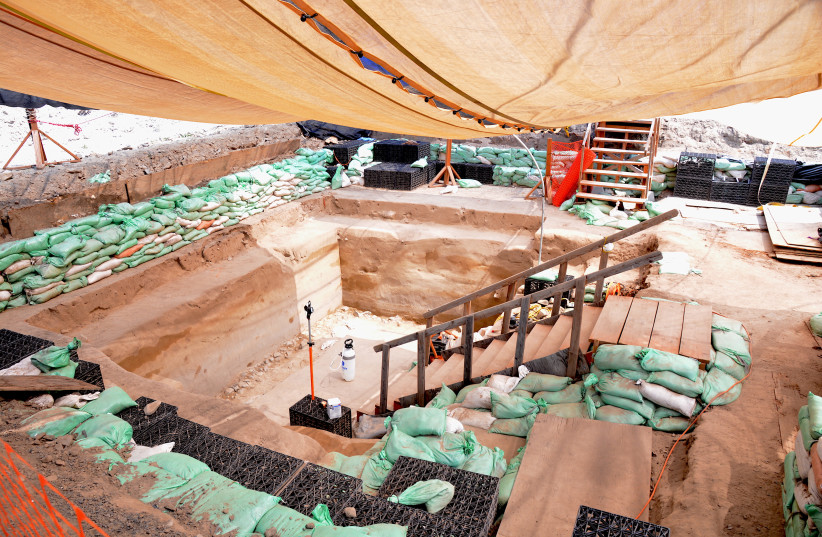Archaeologists from Oregon State University have managed to uncover ancient stone arrowheads thousands of years older than any others found in the Americas, a new study revealed.
The findings were published in the peer-reviewed academic journal Science Advances.
The study sheds light on the history of early human societies in the Americas, filling in the gaps for when humans first arrived and started creating and making use of stone weapons.
Bullseye: Hitting the target for early human adoption of stone weapons in the Americas
The arrows in question were discovered near the Salmon River at the Cooper's Ferry site in the US state of Idaho.

Excavations carried out in the area discovered stone tools, including several arrowheads, that dated back to anywhere between 16,000 to 13,200 years ago.
This is significant for a number of reasons.
Prior to this, some of the oldest-known stone arrowheads in the Americas belonged to the Clovis culture, a prehistoric culture from the end of the Pleistocene era, also known as the ice age).
Those arrows date back to around 13,500-12,800 tears ago and are largely seen as some of the earliest records of early human inhabitants of the Americas.
Now, that doesn't mean there hasn't been anything older. In fact, there were some stone arrowheads that seemed to be just a few hundred years older at the Cooper's Ferry site before.
But what makes these arrowheads so significant is just how much older they are.
These arrowheads may be as much as 2,300 years older than any of the other arrowheads found at the site, and several thousand years older than the Clovis points.
But what else makes this interesting is how much it backs up some previous archaeological discoveries.
In the past, the research team leader Loren Davis had found traces of human bone at the site that dated to around 16,000 years ago - much older than the Clovis points. But all that did was indicate that humans lived there.
What it didn't do, though, was show how they lived or what their lives were like.
Finding stone arrowheads, however, is the first opening we have into the minds and lives of these early stone-age American inhabitants.
And it can especially shed light on another important question: Where the earliest Americans came from.
The question of how humans migrated to the Americas is a matter of some scientific debate.
While it is widely accepted that humans arrived in the Americas by crossing the land bridge over the Bering Strait between what is now Alaska and Russia, there are many debates over when.
This also lends to debates over who exactly these early Americans were and who the descendants of their relatives may have been back on the other side.
That is why this study is so interesting, because not only did it highlight that the stone arrowheads were around 16,000 years old, but they also were similar to other points found in Hokkaido, the northernmost island of Japan, that dated back 16,000-20,000 years ago.
This seems to lend support to theories that the early Americans were related to the inhabitants of Northeast Asia.
This also shows that both groups of people shared a level of technical knowledge and sophistication that they used to survive and thrive.
In particular, the study highlights how effective these arrowheads were.
Despite the belief that you would need bigger projectile points to kill larger animals, that isn't actually the case. Smaller arrowheads on darts could be very effective in taking down just about any land animal that would have been around at the time.
And given that there was so much else found at Cooper's Ferry - including an ancient fire pit and food-processing area - it seems that the early history of Americas' early inhabitants may be more detailed than we first thought.
